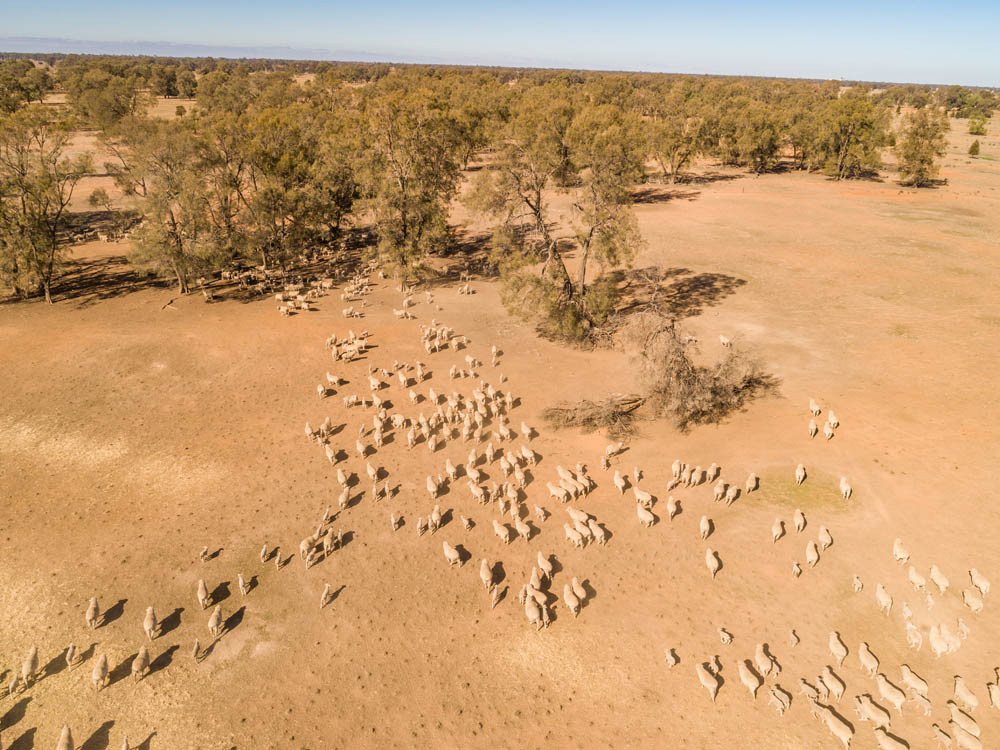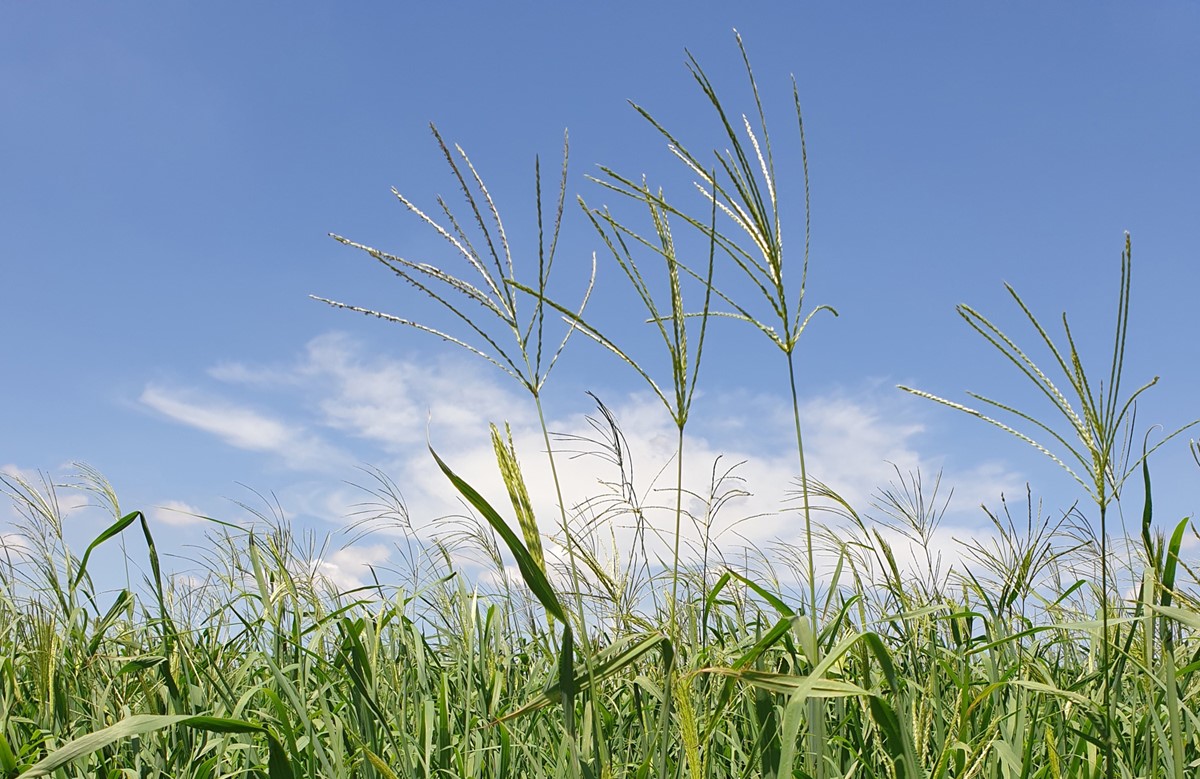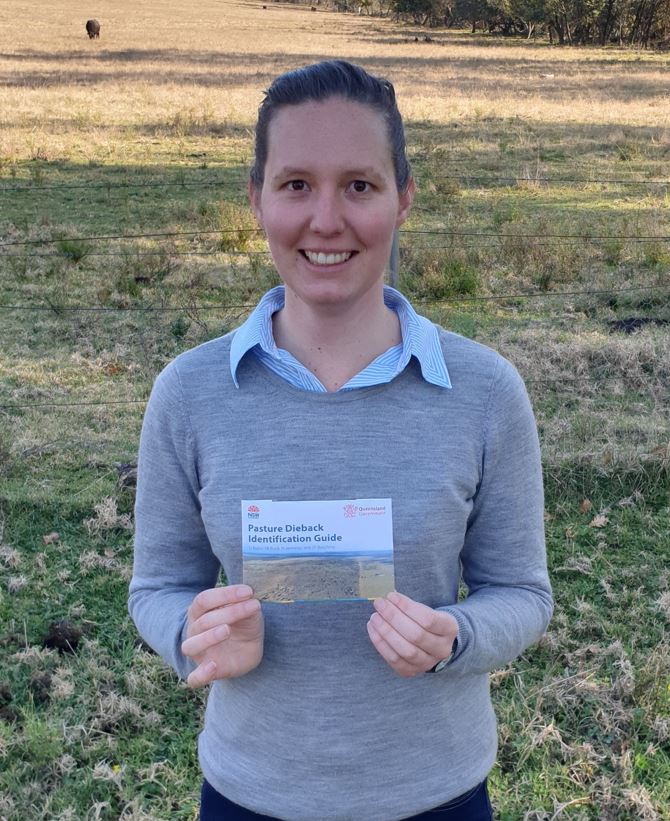The gross value of production for most livestock and livestock products in NSW fell during 2020-21. However, the fall in GVP masked a significant turnaround in most producer’s fortunes due to strong livestock prices, which remained elevated by historical standards, and a decline in input costs due to the improvement in seasonal conditions. Whilst there were generally lower numbers of stock available to be sold, extensive livestock producers continued to benefit from very strong prices. Intensive livestock, dairy and egg prices were more stable, however most input costs fell. Wool was the outlier as the economic fallout from COVID-19 continued to impact end demand.
Livestock and Livestock Products
The value of livestock and livestock product industries was estimated to have decreased 5.7% year-on-year, largely driven by lower production for livestock and lower lamb and wool prices.
85
Average prices for livestock were up year on year with strong beef and mutton prices partially offset by price falls for lamb, pork and goats. Prices for livestock products were down 6% on average largely due to a 18% fall in wool prices as a result of continued global economic uncertainty due to COVID-19.
For many extensive livestock producers, the biggest challenge was building stock numbers to take advantage of the feed available. Competition at all points in the supply chain pushed prices for cattle to record highs.
For sheepmeat, where prices were already high, producers were active in sourcing replacement stock from Victoria and trucked millions of sheep across the Nullarbor from Western Australia. Intensive livestock industries (pork and poultry) were more stable though increased supply of pork did reduce prices following a strong surge last year.
Similarly, prices for livestock products (wool, milk, eggs) were mostly more stable. The exception were wool prices which continued to be impacted by lower demand due to COVID-19. Milk prices were stable as production across the eastern seaboard remained more subdued than expected. Nevertheless, producers of livestock products also benefited from lower input costs.
Outlook
The short term outlook for livestock and livestock products is positive. The seasonal outlook remains promising with the Bureau of Meteorology forecasting a very high chance of a wet spring
54
for most parts of NSW. Prices for livestock will remain robust as the flock and herd continue to rebuild, supported by strong export demand as the global economy recovers from the impacts of COVID 19. Wool should start to benefit from a broader global economic recovery. A slower than expected recovery in milk production is fuelling competition from processors and farmgate dairy prices are expected to rise again in 2021-22. Demand for poultry should also recover as the Australian economy re-opens and as the COVID-19 vaccine roll-out gain’s traction.
The medium term outlook is also positive as production recovers from drought, though some price adjustments may temper the outlook. It is apparent that prices have been an important driver of returns for extensive livestock industries since 2014. Price rises for beef, sheepmeat and goats have significantly outperformed intensive industries (dairy, poultry and pork) and livestock products (wool, eggs, milk).
A key reason for this is that our extensive industries are, in general, more export focused. Strong global demand for protein due to rising emerging market incomes and African Swine Fever has resulted in better prices flowing back to producers.
Index 1 Estimated average NSW livestock farmgate prices, Extensive vs Intensive vs Livestock products
- Extensive livestock (Beef, Sheep, goats)
- Intensive Livestock (Dairy, Poultry, Pork)
- Livestock products (Wool, Eggs, Dairy)
Source:
DPI (2021)
Index 2 Estimated average NSW livestock farmgate prices, export vs domestic focussed
- Export focused commodities (Beef, sheepmeat, goat, wool, dairy)
- Domestic focused commodities (Poultry, pigs, eggs)
Source:
DPI (2021)
Index 3 NSW average red meat farmgate prices
- Goatmeat (98% exported)
- Mutton (95% exported)
- Beef (60% exported)
- Lamb (56% exported)
- Pork (9% exported)
Source:
DPI (2021)
In fact, export focused livestock commodities have significantly outperformed domestic focused commodities, with the most export focused meats (mutton and goat) outperforming all other commodities in terms of price.

Most of the drivers of strong export demand remain in place which will support the medium term outlook. Nevertheless, excess demand created by African Swine Fever and domestic restocking have also been important drivers of price and both these factors are likely to fade over the coming years so some correction in prices is likely for export focused commodities, especially red meats.




